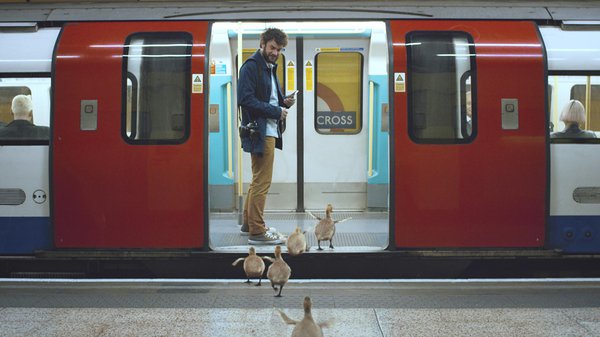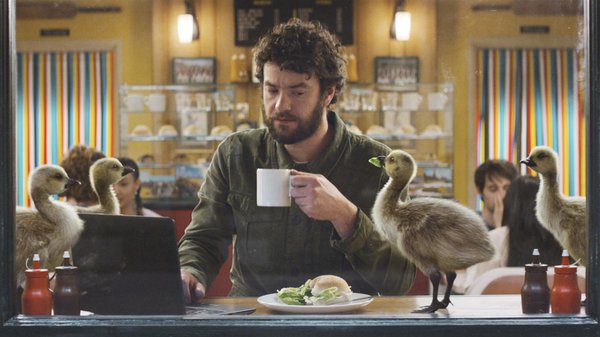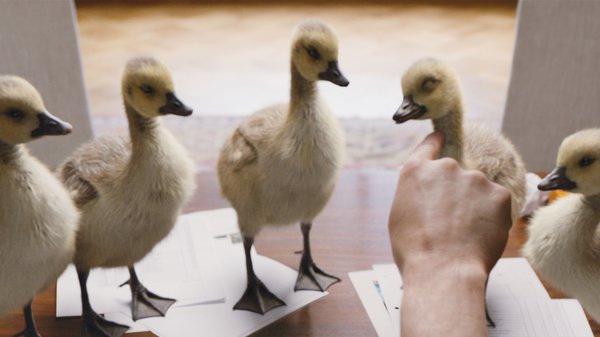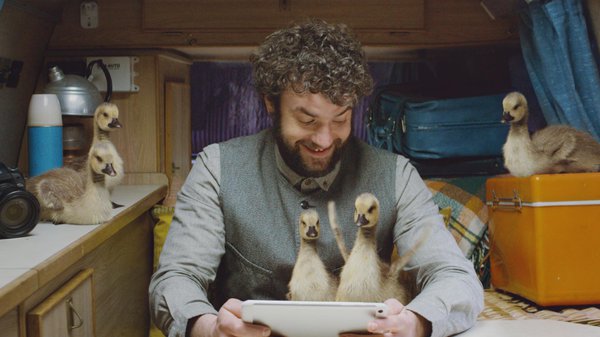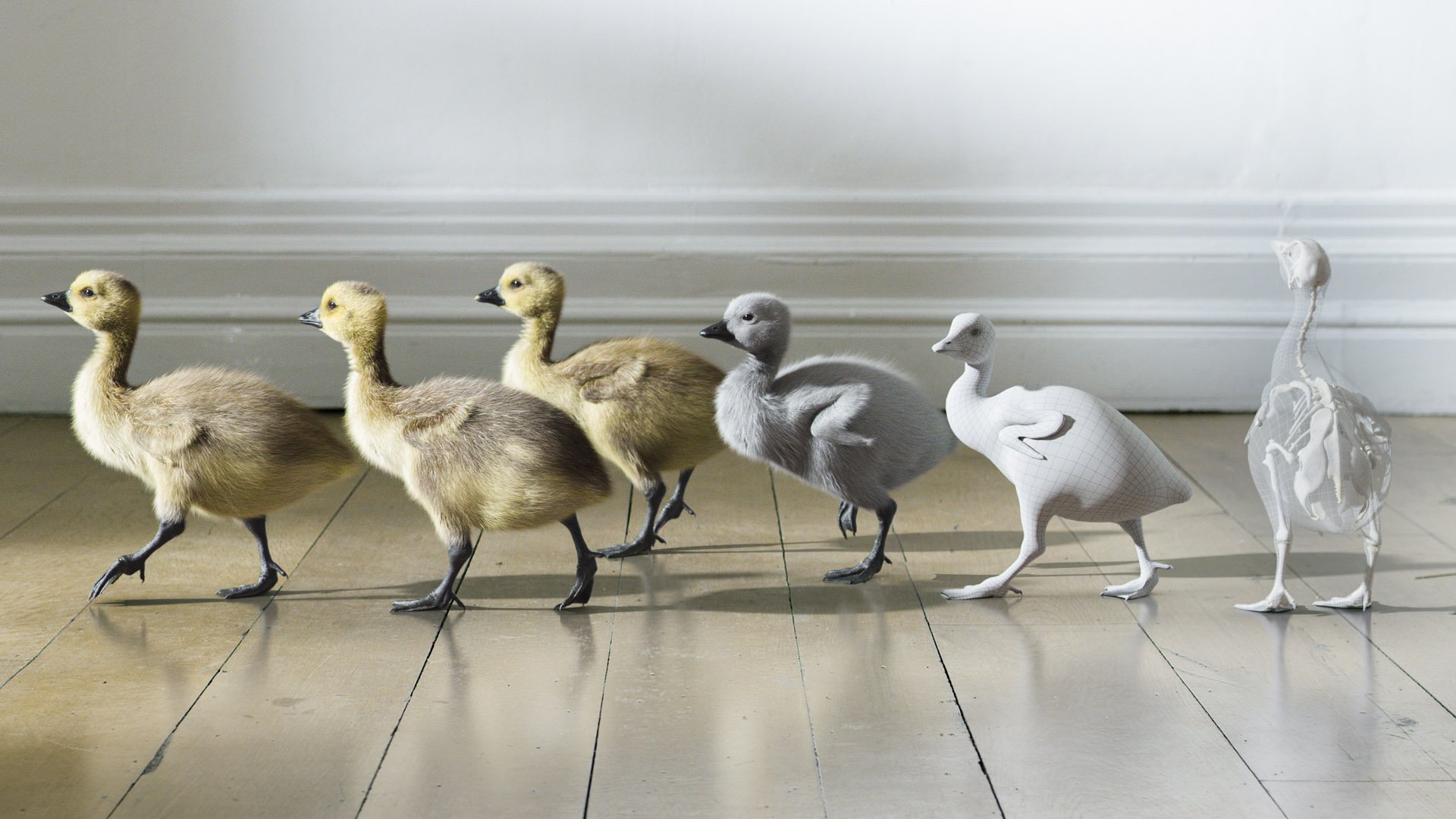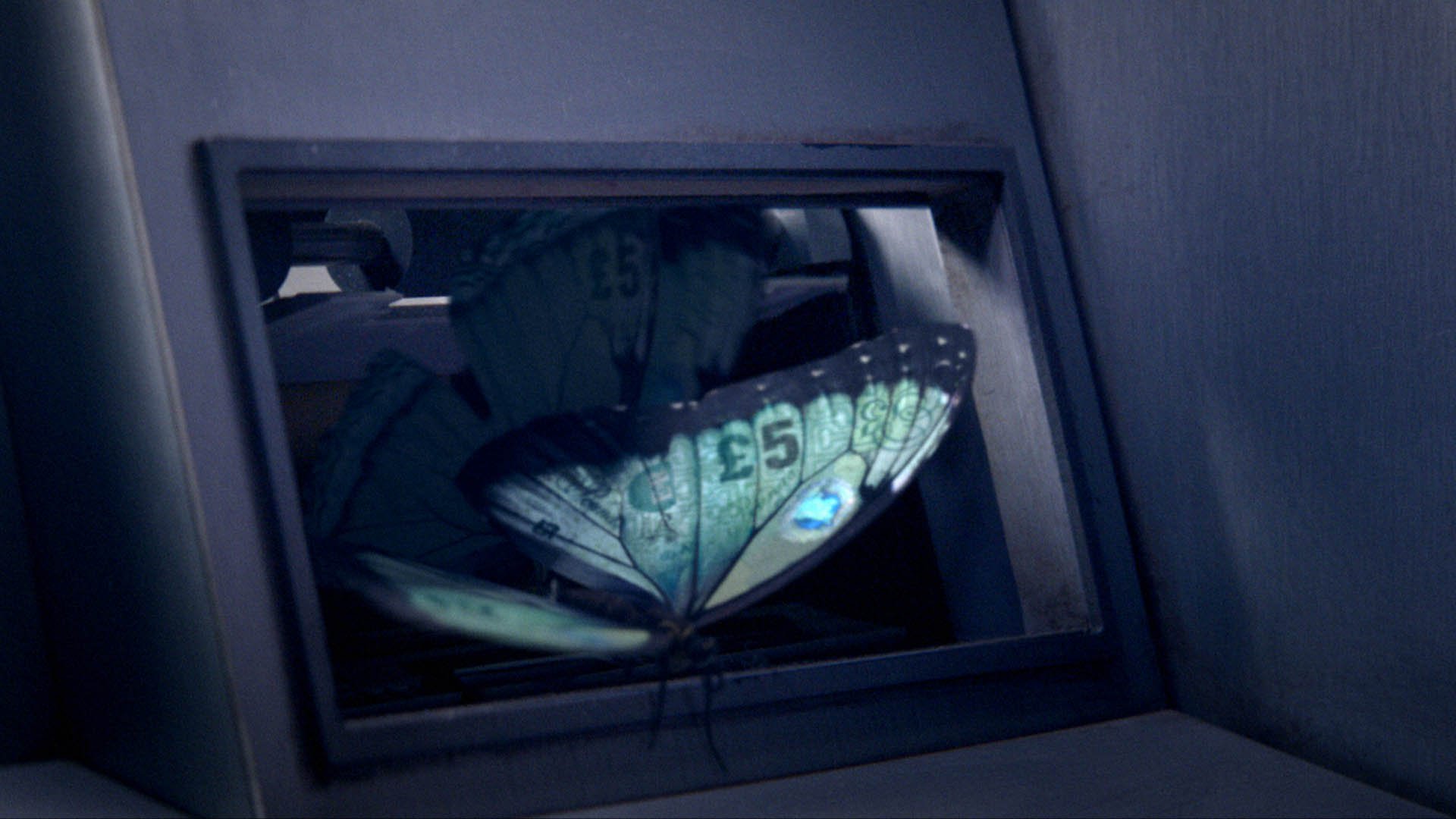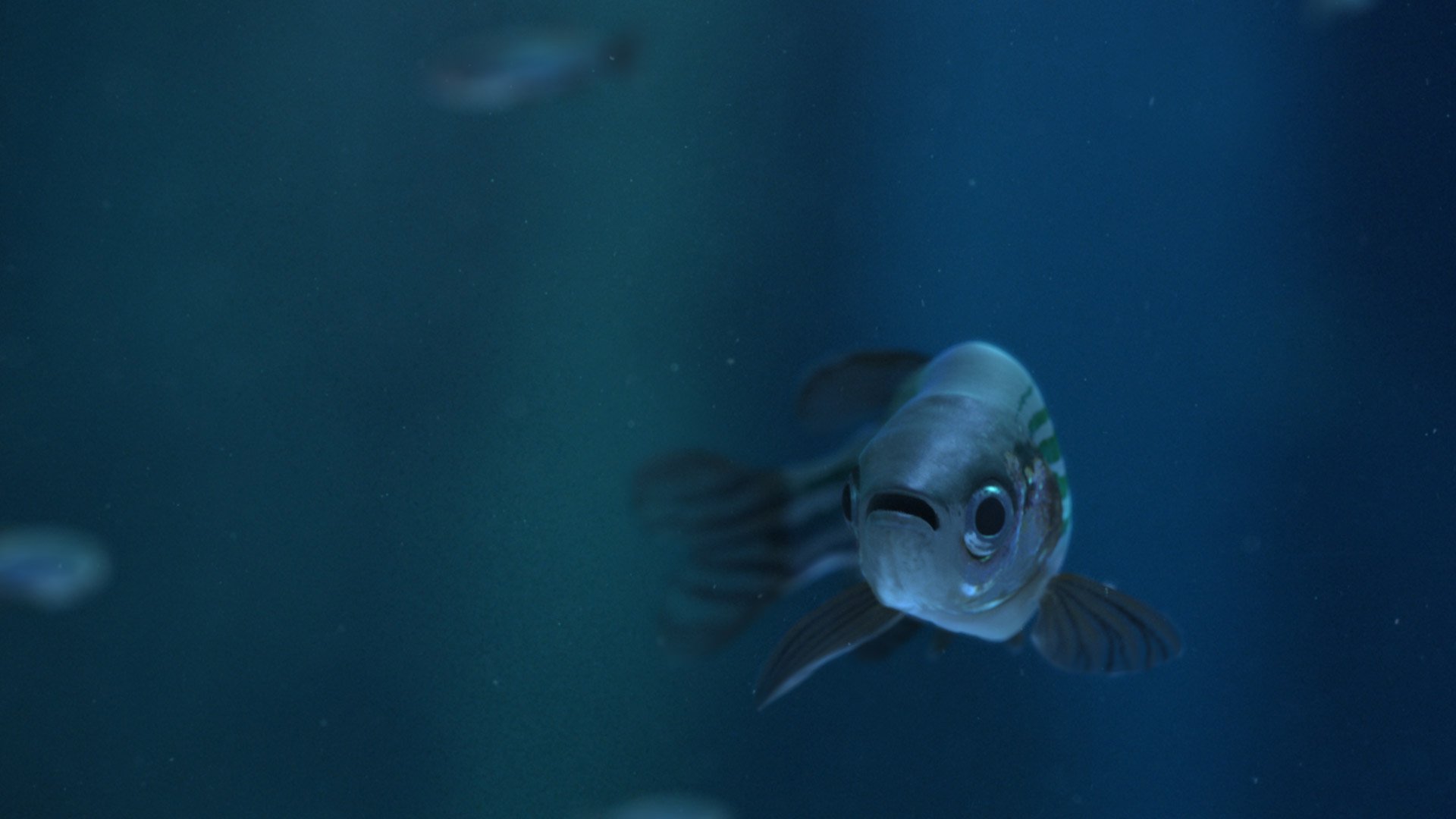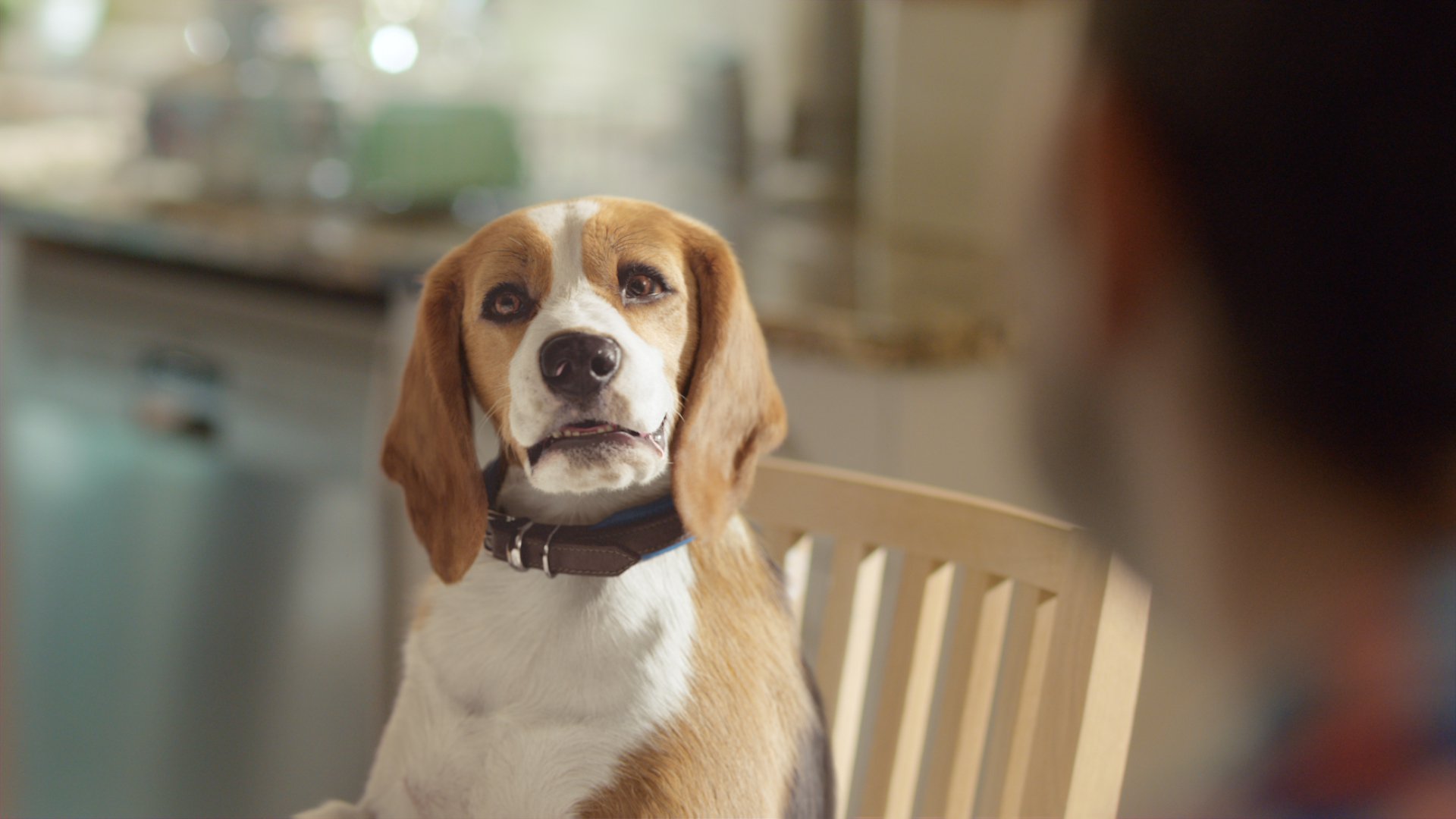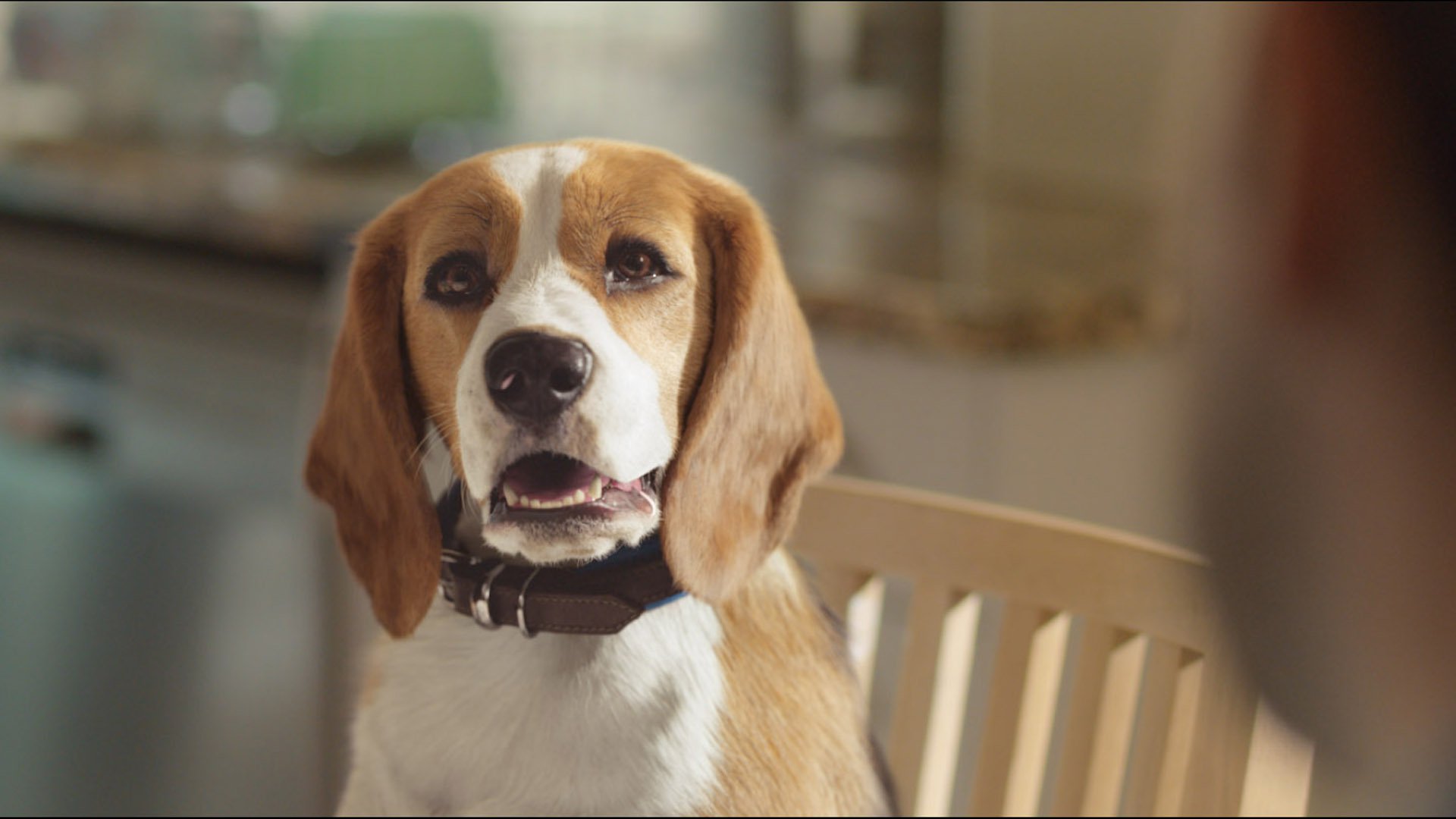O2 / Online Network / Si & Ad
Our CGI team were called on to create CGI goslings for the latest commercial in the O2 ‘More For You’ series by VCCP and directed by Academy’s Si & Ad.
Part of the campaign to promote new O2 products, 'Online Network' used a gaggle of fluffy baby geese as a metaphor for their network coverage.
Executive Producer Fi Kilroe comments, 'The work is the culmination of a great 5 month collaboration with Larissa, Tom, Christopher at VCCP and Lucy and Si & Ad at Academy. Although challenging visual effects work, it has been immense fun to create. Work to be proud of.'
- Director Si & Ad
- Agency/Client VCCP
- Production Company Academy
- Agency Producer Larissa Miola
-
Agency Creatives
Tom Houser
Christopher Keating - Executive Creative Director Darren Bailes
- Deputy Creative Director Matt Lever
- Producer Lucy Gossage
- Executive Post Producer Fi Kilroe
- CGI Supervisor Harin Hirani
- VFX Supervisor Jason Watts
- Colour Grading Paul Harrison
- Lead Flame Jason Watts
- Flame Artist Steve Murgatroyd
- Lead Nuke Kayley Fernandes
- Lead Animator Paul Templeman
-
Animators
Ed Sherwood
Boris Kossmehl
Chris Bacon -
3D Artists
Alaric Holberton
Kirsty Gillmore
Rob Sheridan - DOP Alex Barber
- Editor Joe Guest @ Final Cut
- Audio Grand Central Recording Studios
